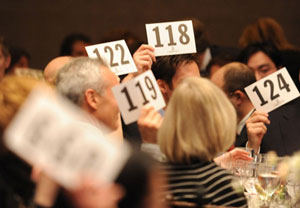 If you have a website that you are trying to get traffic for, you will want to use Comparison Shopping Engines (CSEs) in order to draw the most attention. However, how do you decide which CSE to use? Most companies use bidding in order to achieve the best results.
If you have a website that you are trying to get traffic for, you will want to use Comparison Shopping Engines (CSEs) in order to draw the most attention. However, how do you decide which CSE to use? Most companies use bidding in order to achieve the best results.
When bidding on CSEs, you need to realize that it is different than bidding in a paid search. While bidding will increase your offer’s visibility, it is not as powerful as bidding in Google AdWords, for instance. Your bid level’s impact on the visibility of your listing will vary on both the site you use and whether or not the offering is shown on a product specific page. You will also need to take note that bidding higher will not net you high quality data or even strong reviews.
Browse or category pages are impacted heavily on bidding, but you will need to remember that most products are found through a search. When this search function is used, the results are brought up by how relevant it is to the search query itself and to the historical traffic. So in order to attract visitors to your page who are using this method to find you, you will need to improve data quality and keyword density. Bids can play a role when relevance is similar, however.
When you have multiple sellers of an identical item listed together, title and description quality do not make a difference when it comes to ranking results. Many retail sites will list results of a product by a combination of bid level, price, survey ratings or trusted store status, and click through rate. While increasing rank/visibility probably will not result an increase in sales, costs will; therefore, you will need to increase your bids carefully.
In order to maximize your efficiency, you should bid just a penny or two above the minimum bid; this way, you will be above the majority by just a small additional cost. While bidding results in higher costs, it does not always lead to higher sales – especially non-catalog products – so you will want to keep your bids as low as possible.






